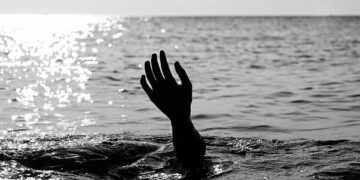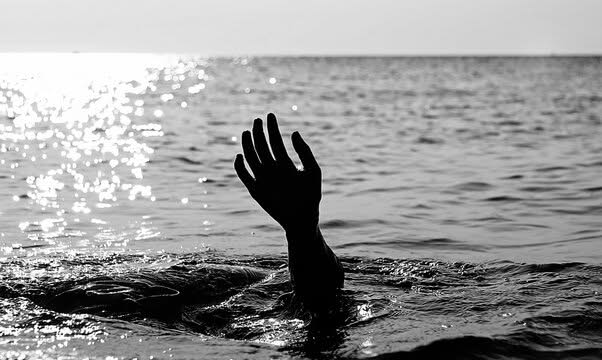OPINION
This year, Lifesaving Society has designated the third week in July 20-26, 2025 as National Drowning Prevention Week ( NDPW) under the theme SAFER TOGETHER to alarm and alert communities and media on the issue of drowning and its prevention.
Drowning, a sudden and often silent killer, occurs when submersion in water leads to the failure of respiratory function, resulting in death. While drowning can occur in any body of water, from swimming pools to oceans, certain environments and circumstances elevate the risk.
In countries like Uganda, the prevalence of drowning incidents in rivers and lakes, especially within local communities, is a significant concern. Tragic examples include children fetching water who lose their footing, or the capsizing of boats and ships on larger bodies of water.
The speed at which drowning can occur, and the lack of immediate assistance, often make it a fatal event.
The World Health Organization (WHO) estimates that approximately 300,000 drowning deaths occur annually worldwide. Alarmingly, children under the age of five account for nearly a quarter of these cases. The frequency of such incidents underscores the urgent need for preventative measures.
“In Uganda, over 3,000 lives are lost to drowning each year an average of 9 people every day,” a recent study by Makerere University School of Public Health revealed.
Recent events, such as the discovery of an unidentified body in River Rwizi in Mbarara district, and the tragic floods from Nyamwamba River last September, highlight the ongoing risk. Furthermore, incidents in Lake Victoria continue to claim lives, painting a grim picture of the widespread nature of this issue.
These reported cases, however, may only represent a fraction of the actual number of drowning incidents. How many more go unreported, unnoticed, and unacknowledged? Are we truly doing enough to protect our communities from this preventable tragedy? The silence surrounding these unreported deaths is a stark reminder of the need for greater awareness and action.
To combat this, a multi-faceted approach is essential. Firstly, the government must prioritize and promote basic swimming skills training in schools and educational institutions. Equipping individuals with these skills provides a critical defense mechanism in aquatic environments.
Secondly, the widespread dissemination of first aid knowledge is crucial. Many bystanders are unable to assist drowning victims due to a lack of training. Public awareness campaigns through various media platforms, including radio, television, and newspapers, can effectively educate the public on life-saving techniques.
Technological advancements can also play a vital role. Investing in technologies that facilitate rapid rescue and body retrieval can significantly improve outcomes.
Finally, a collective commitment to safety is paramount. Parents and guardians must take responsibility for supervising children near water bodies, and communities must foster a culture of vigilance and mutual support.
Together, through education, technological advancements, and community engagement, we can strive to reduce drowning incidents to zero. It is our collective responsibility to ensure that no more lives are lost to this preventable tragedy.
By Mary Blessing Ahairiirwe,
Email: maryblessingahairiirwe@gmail.com
The writer is a research and statistics analyst








































